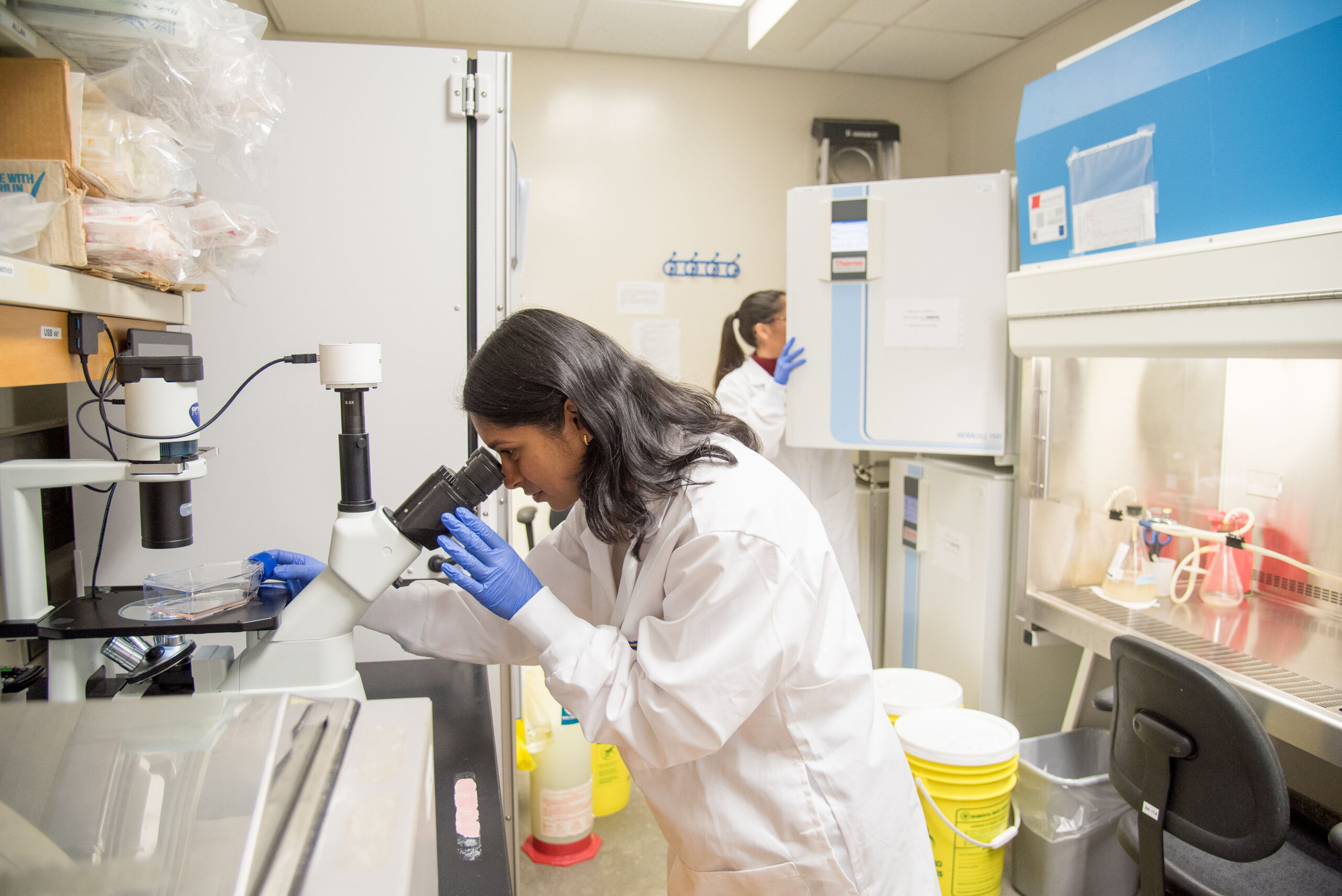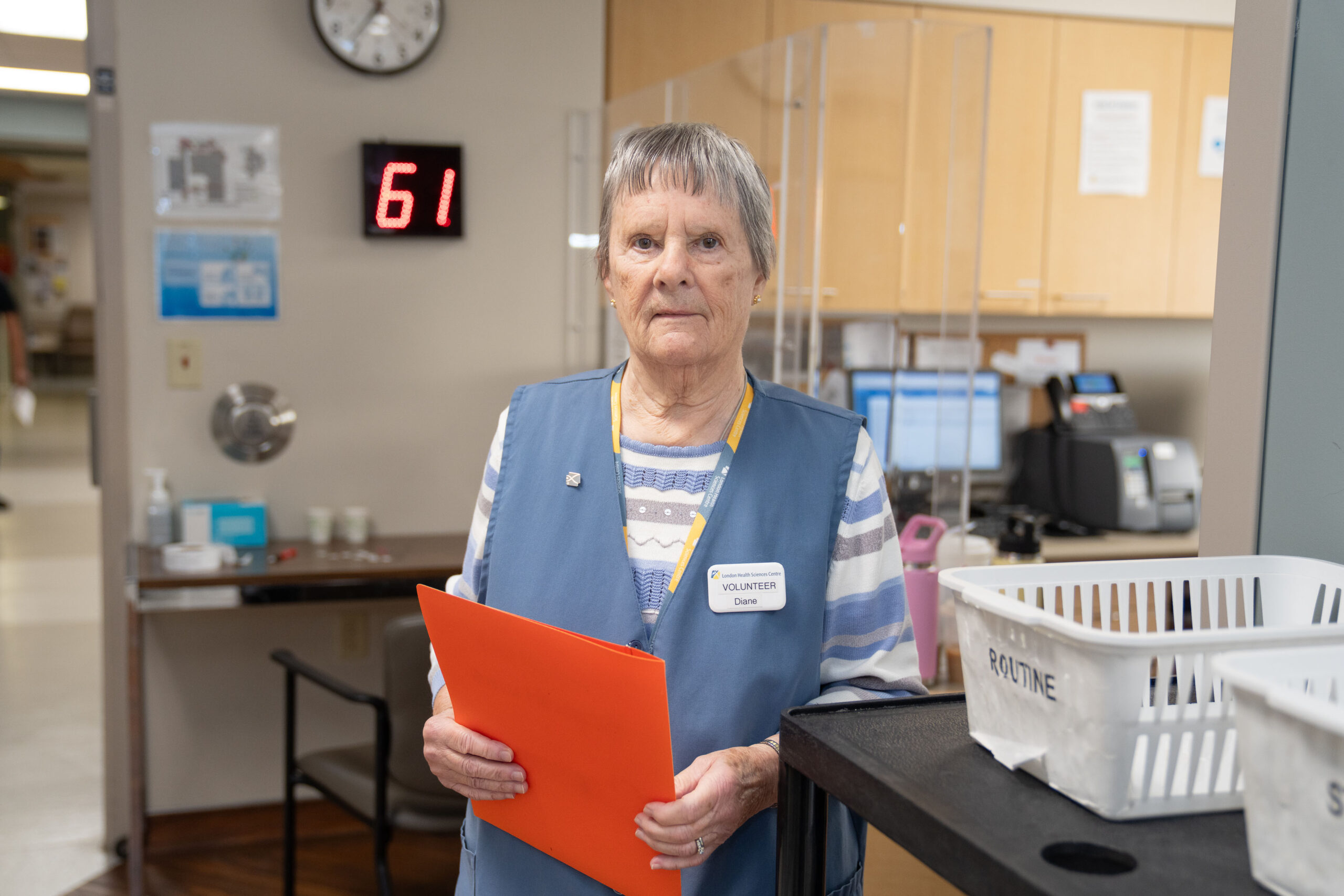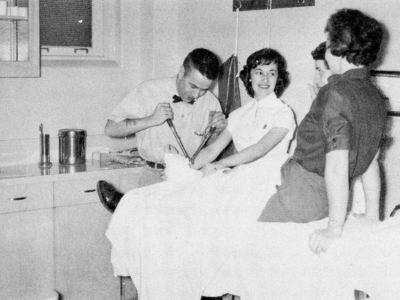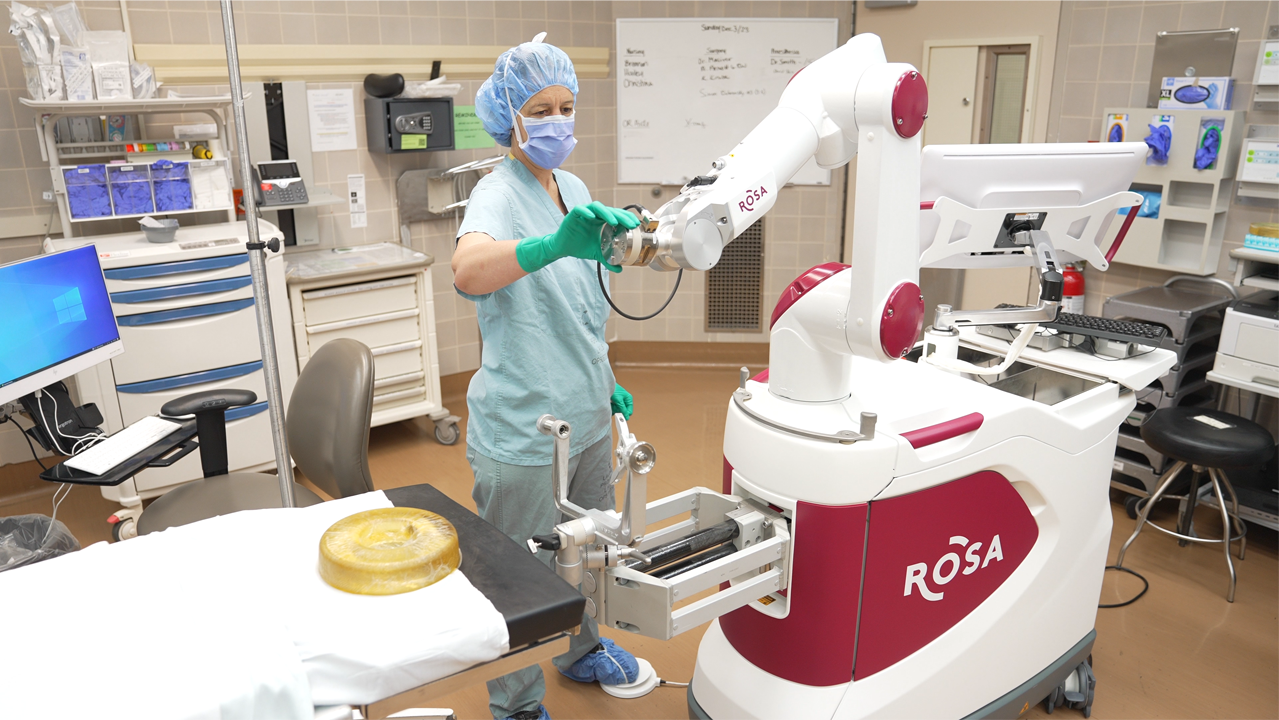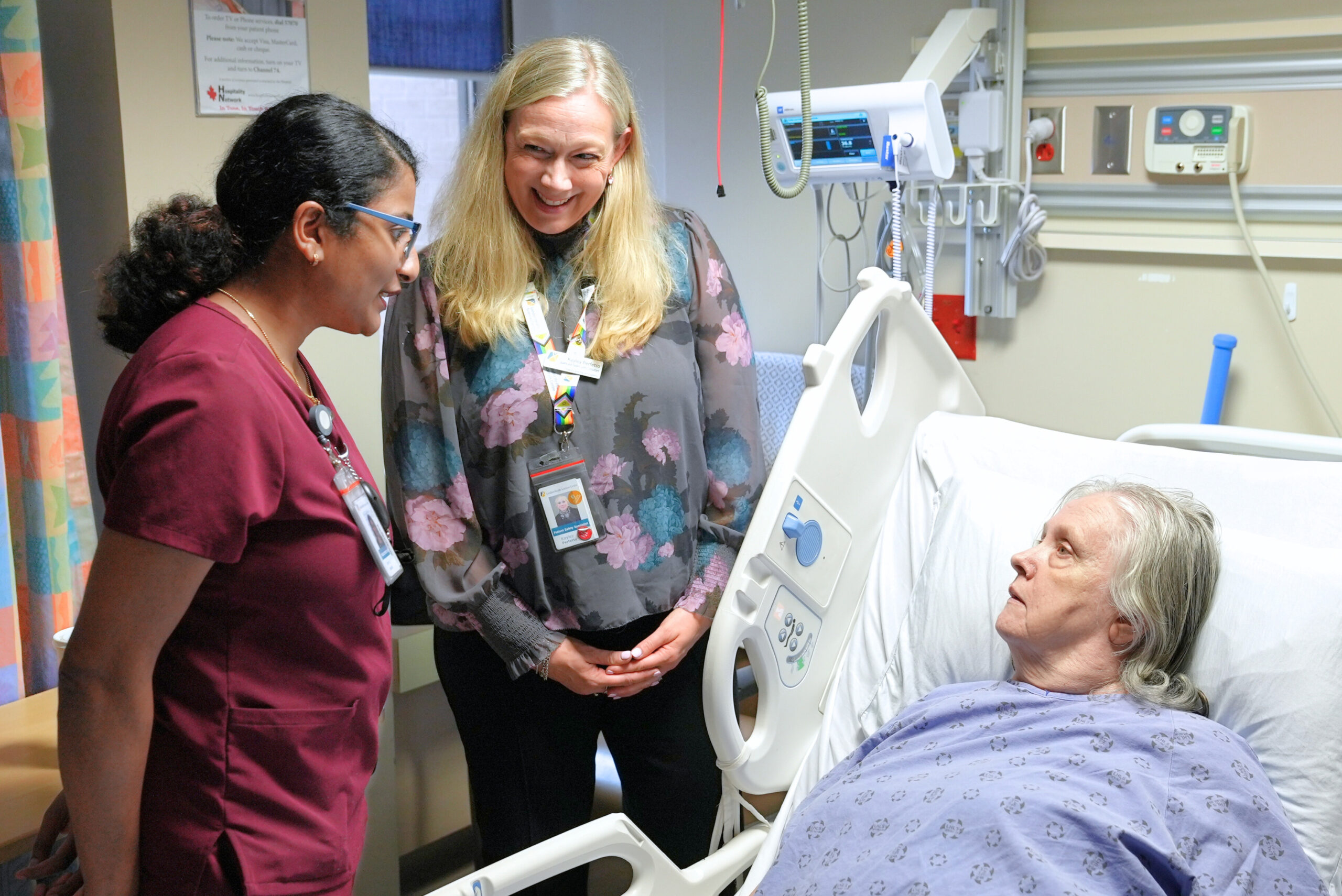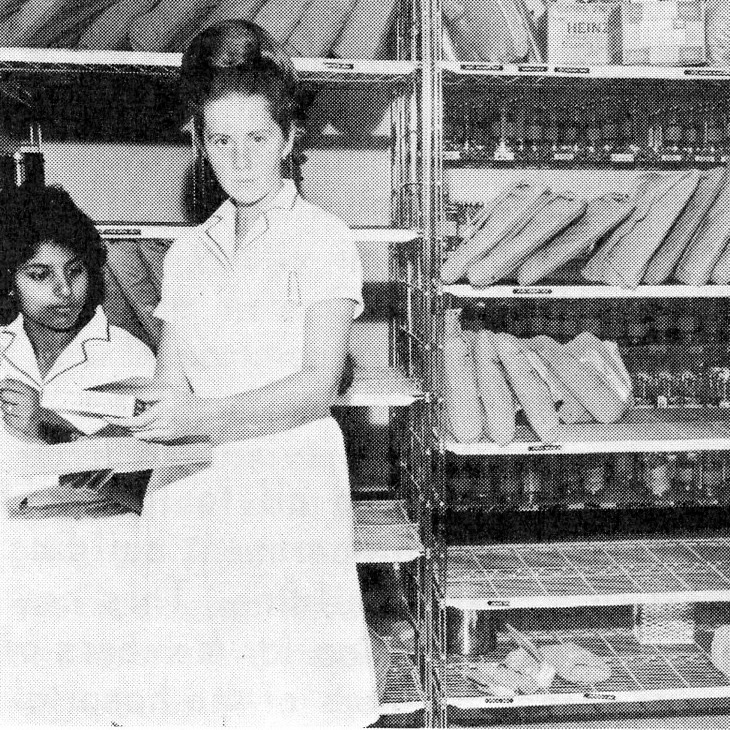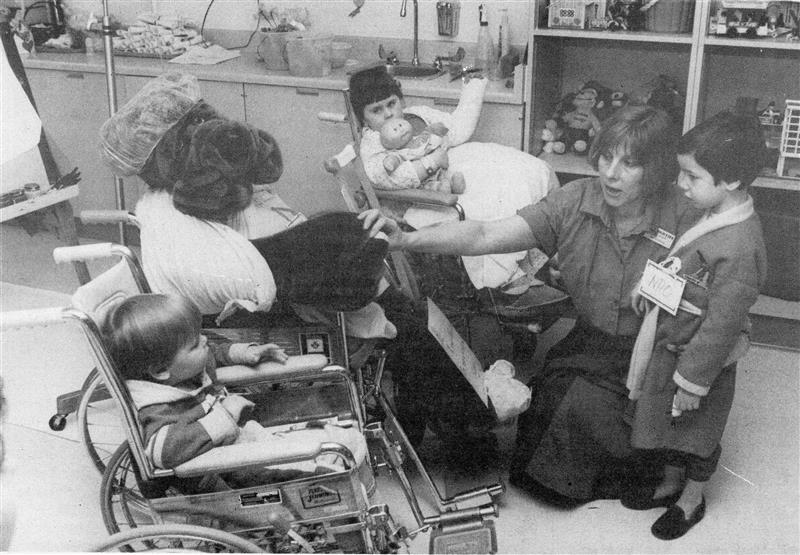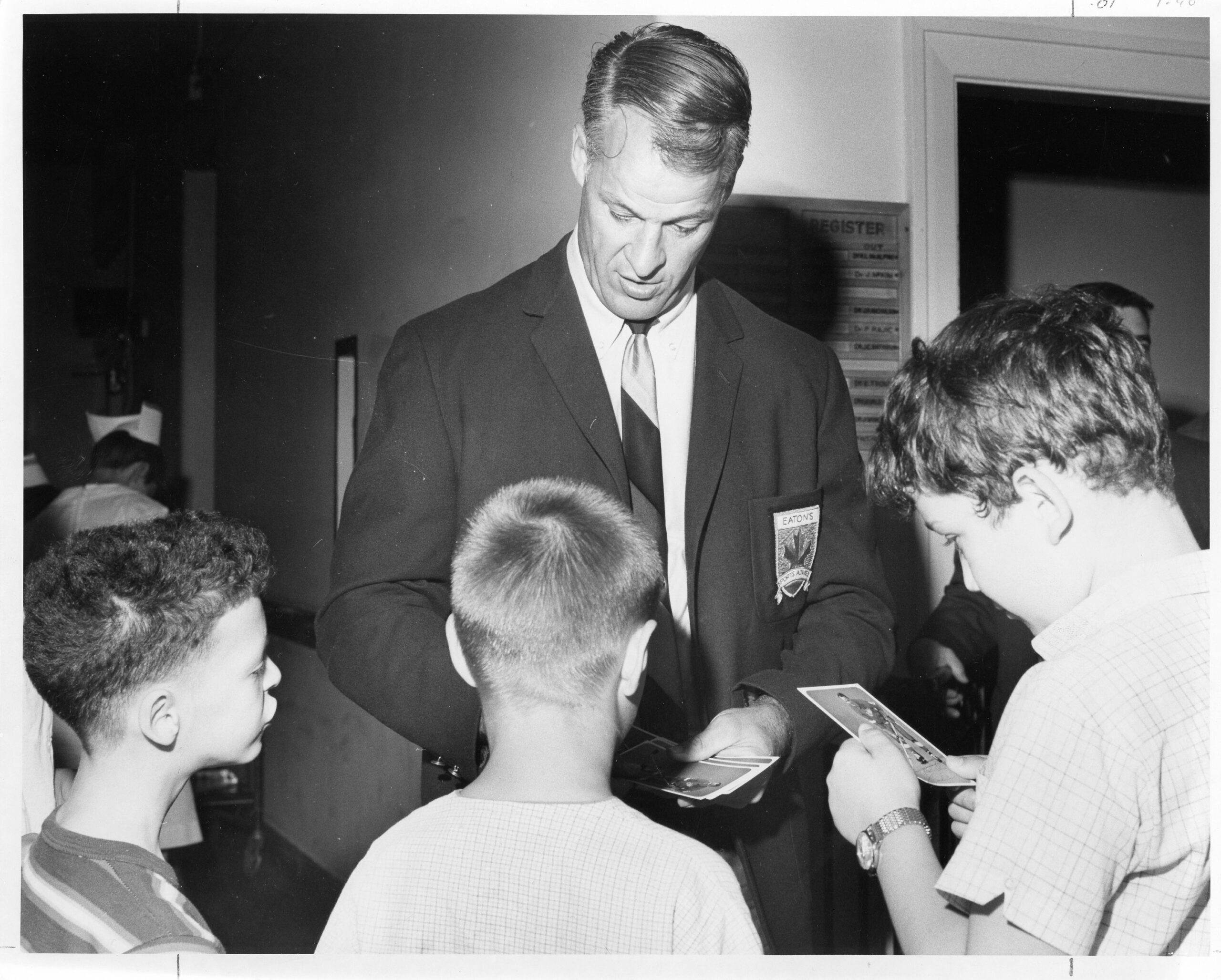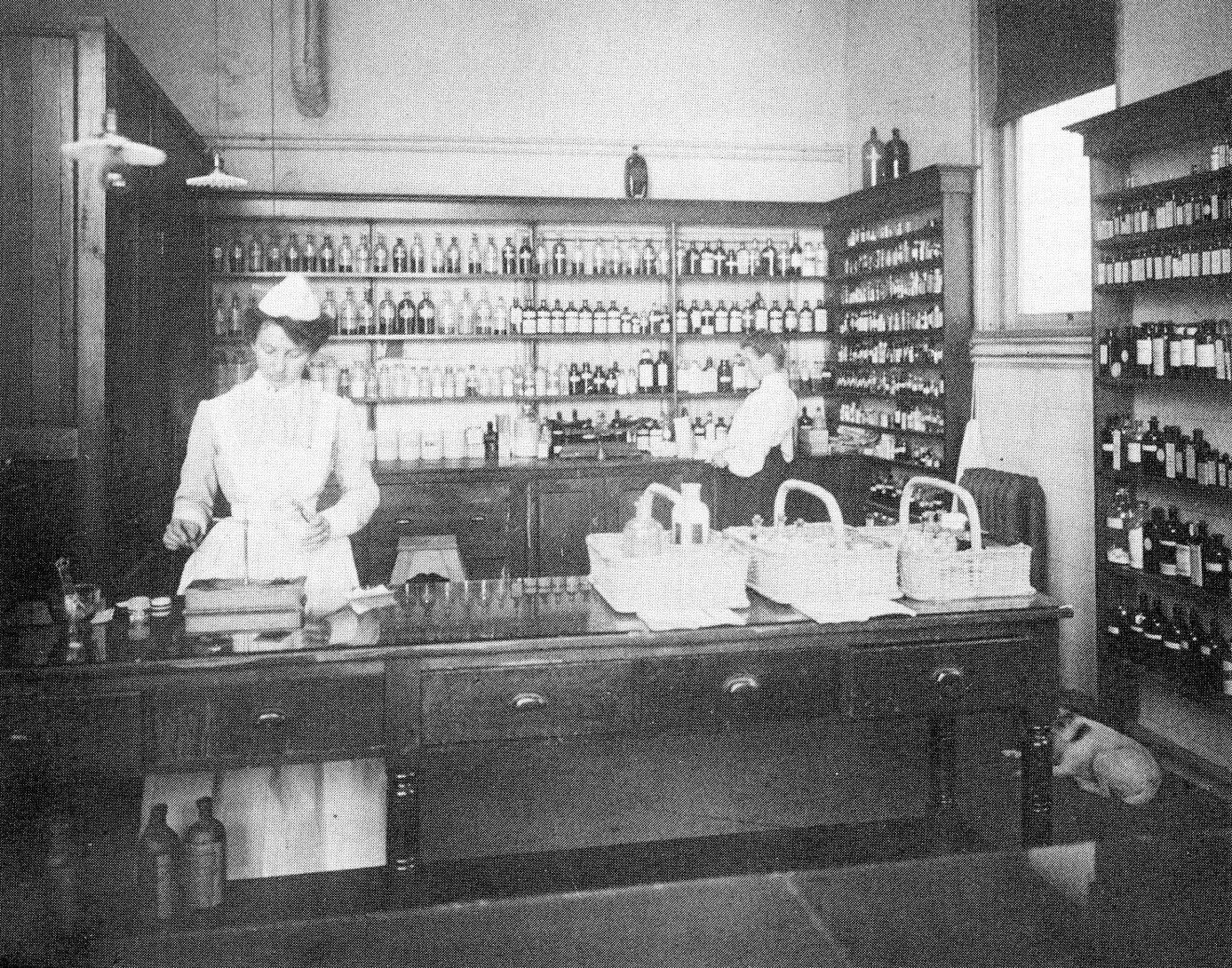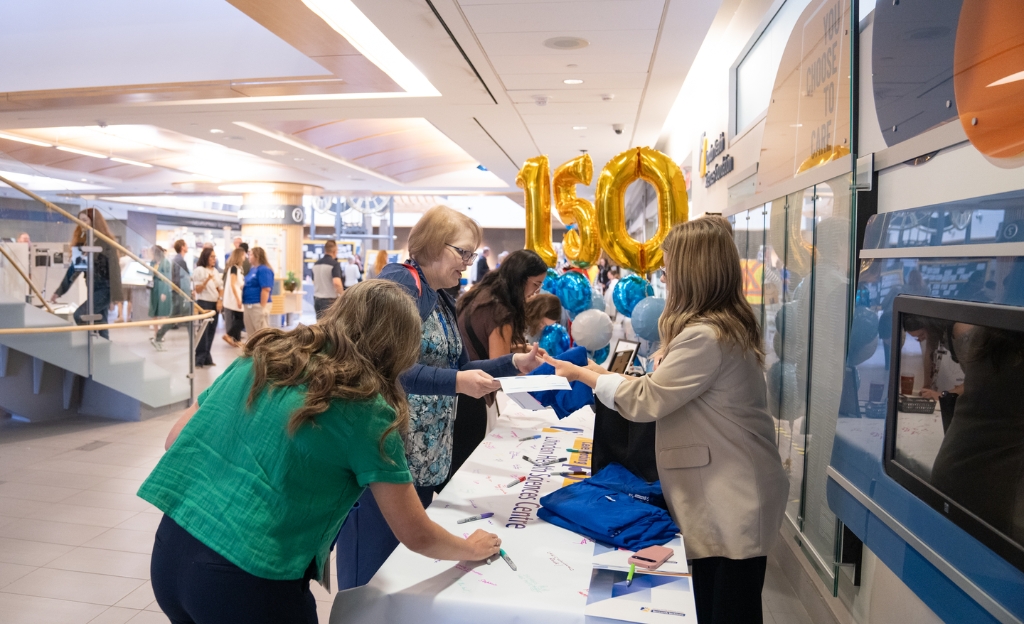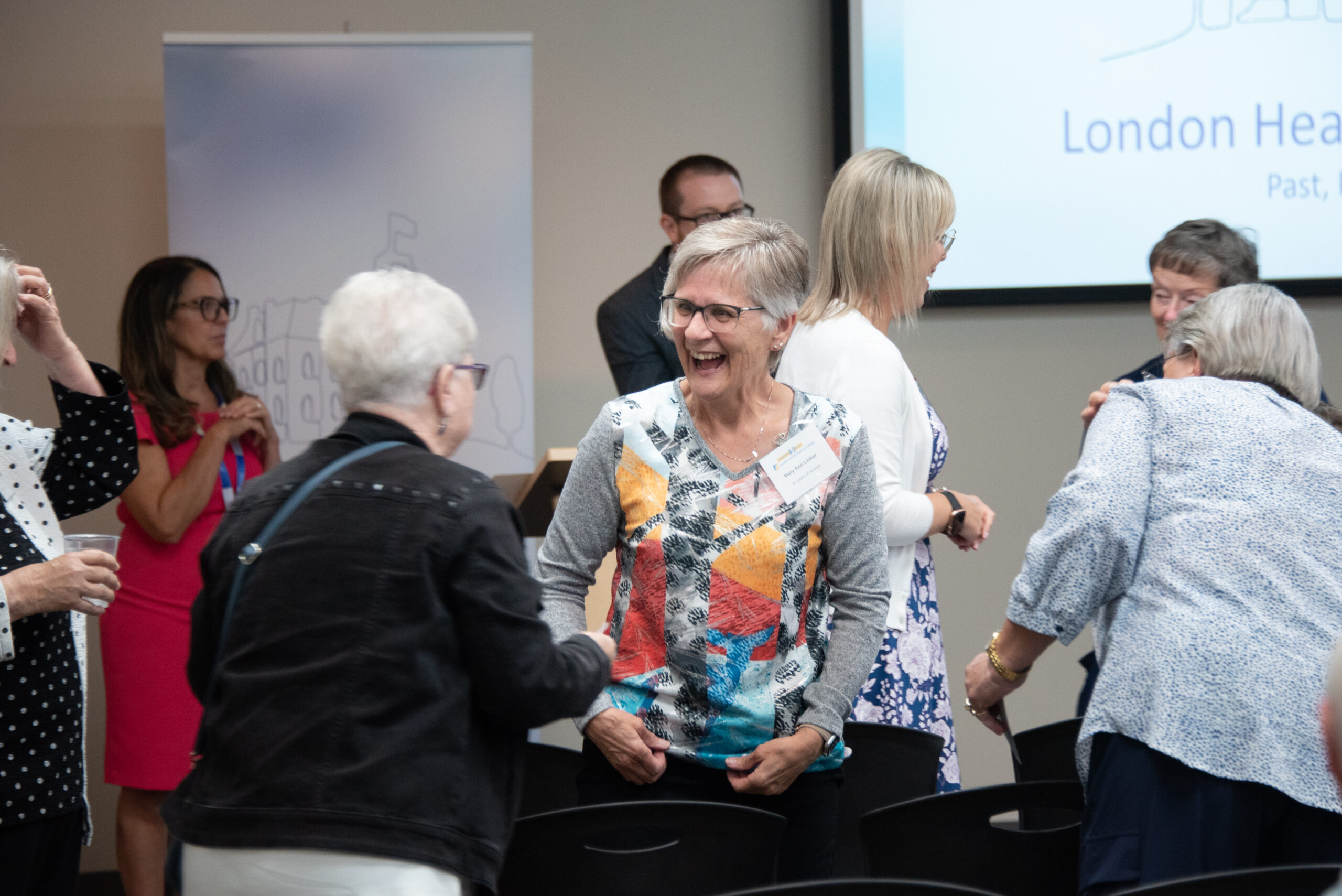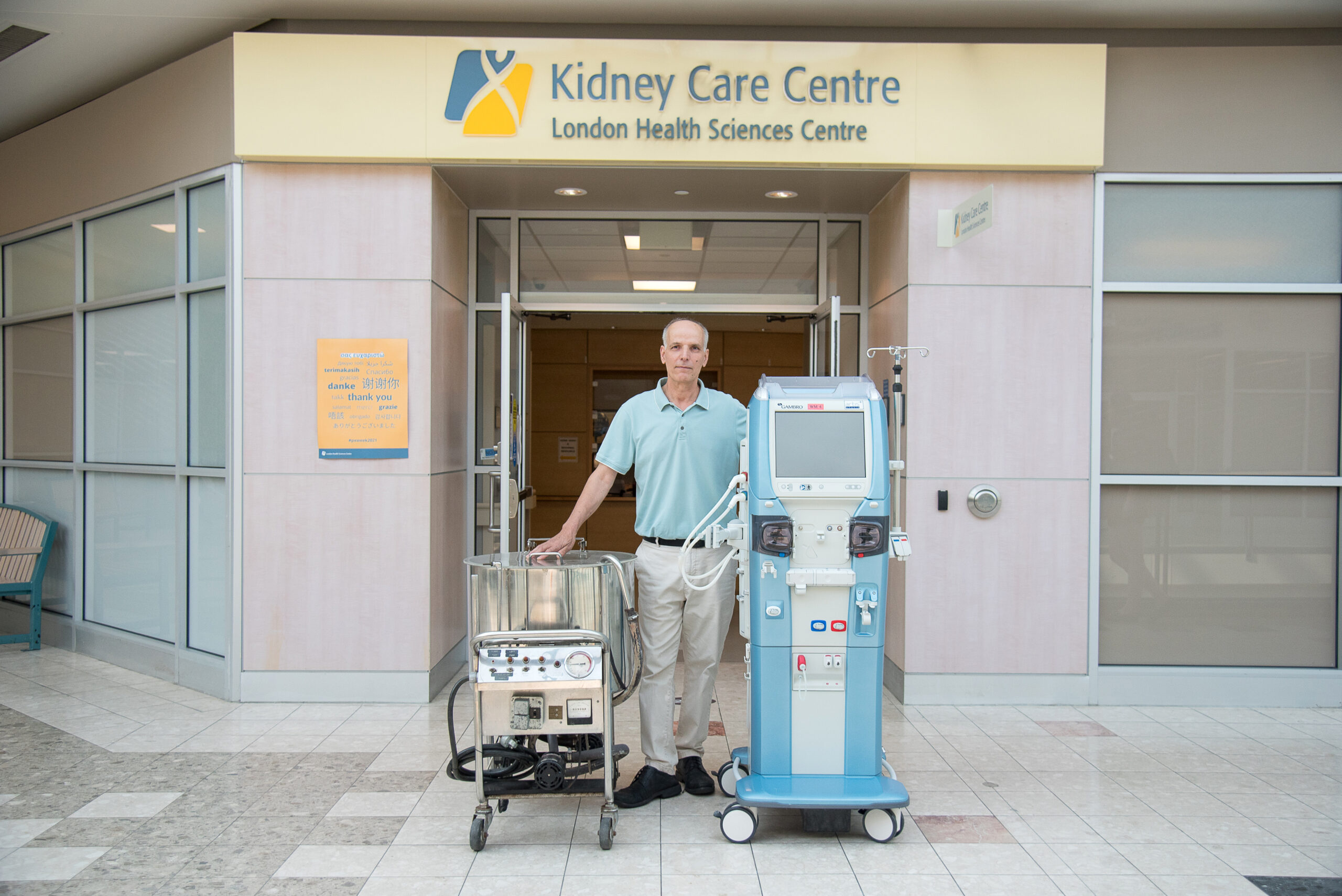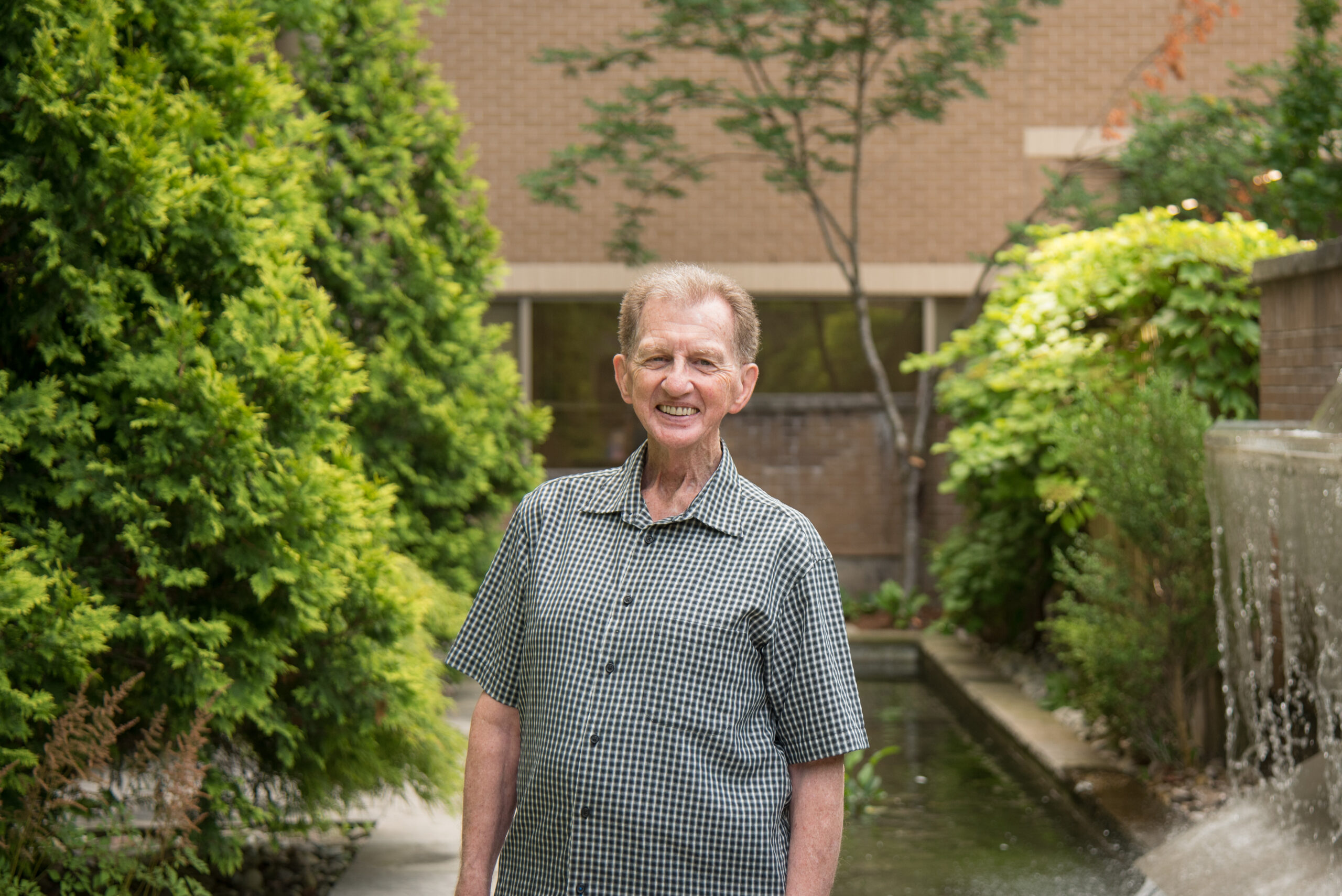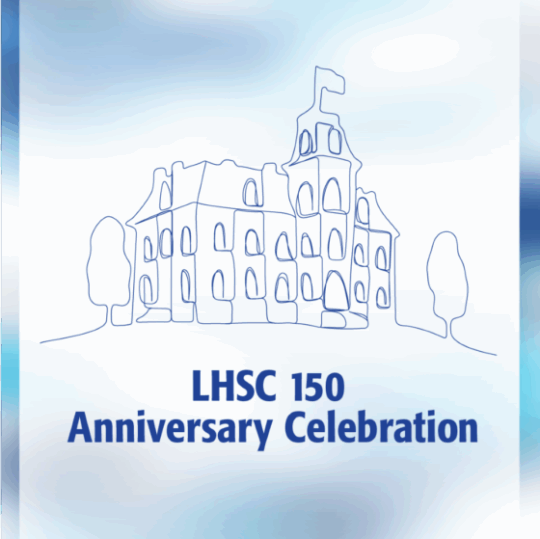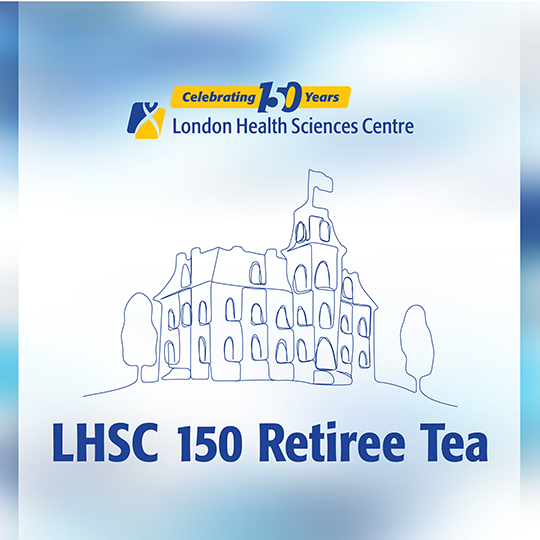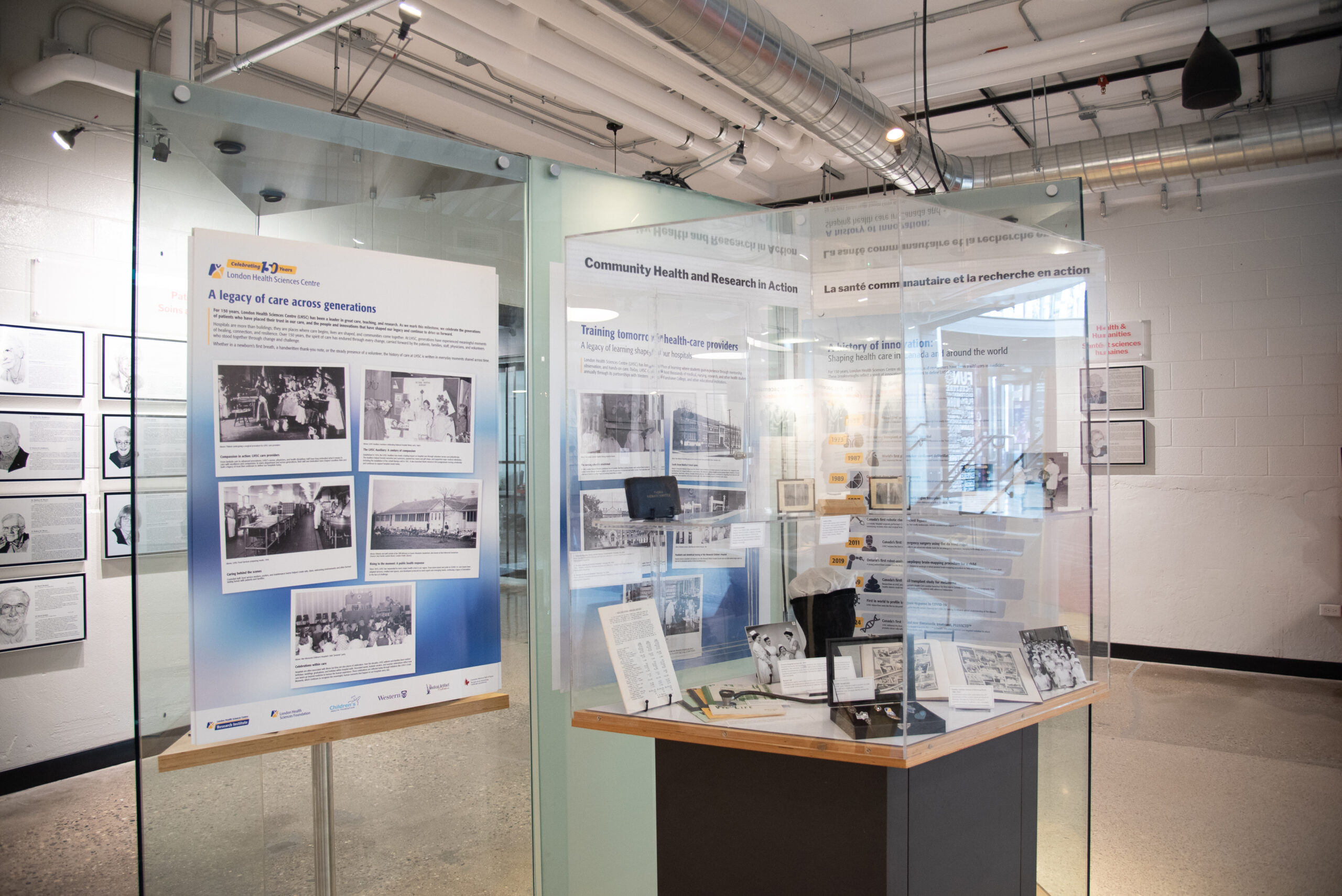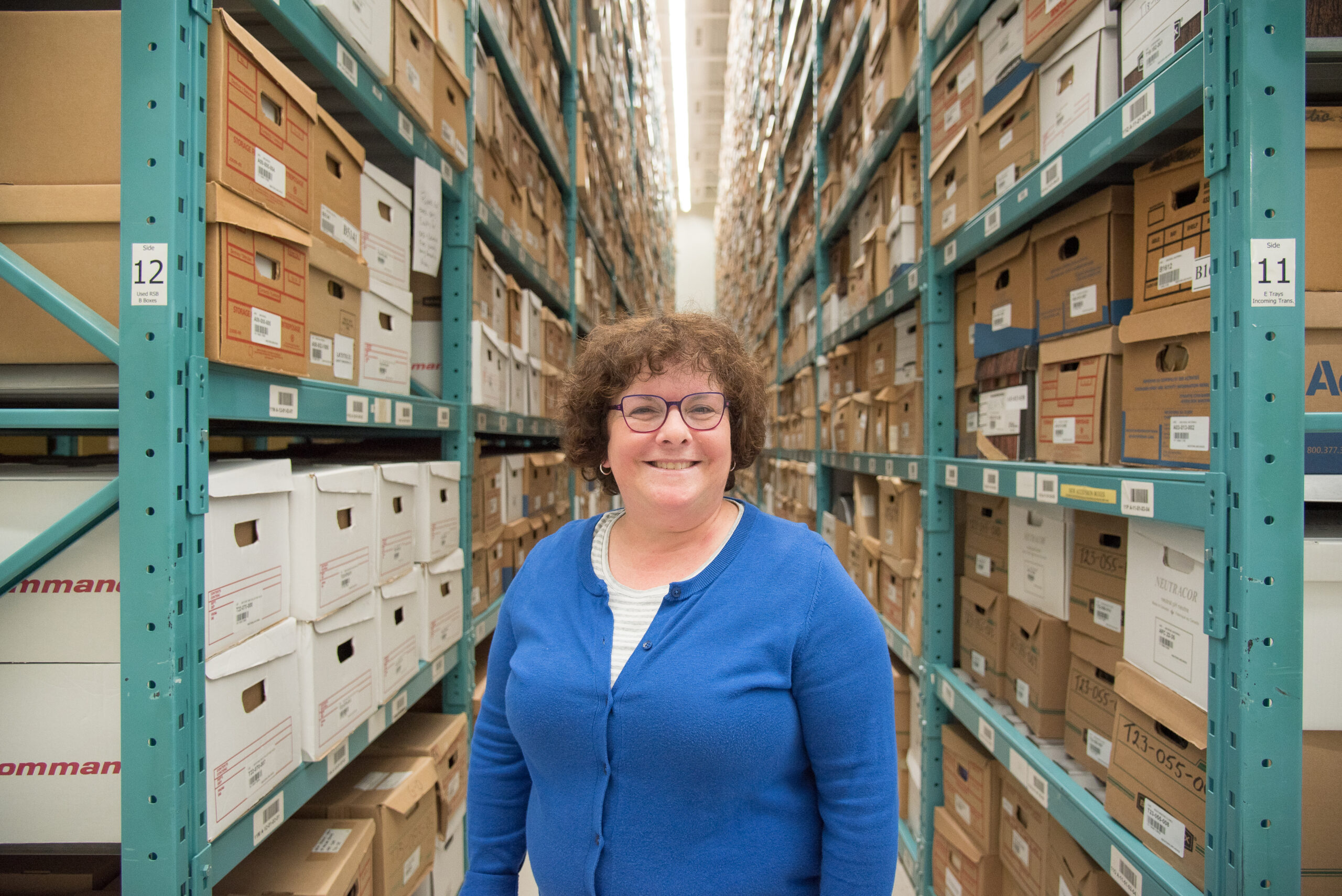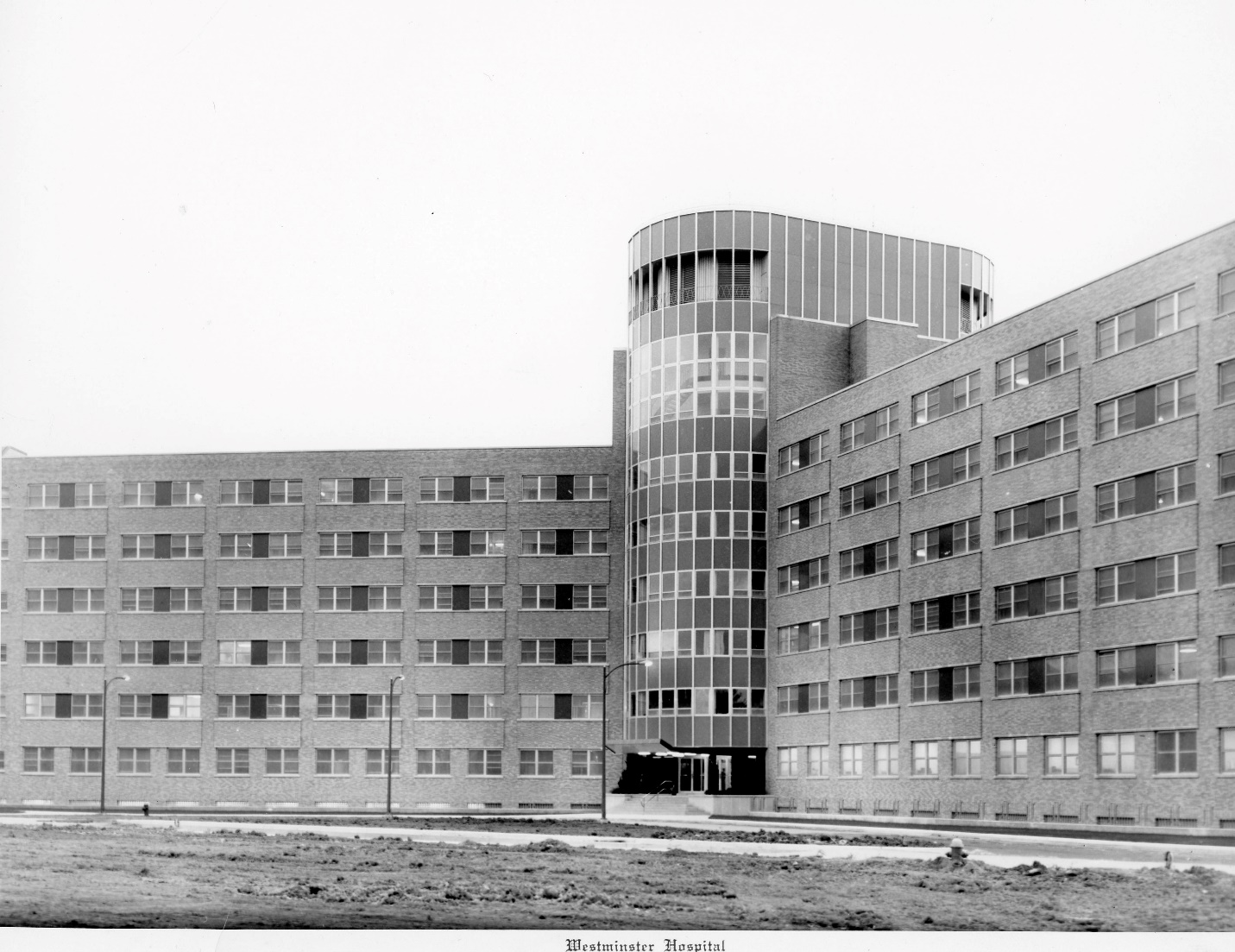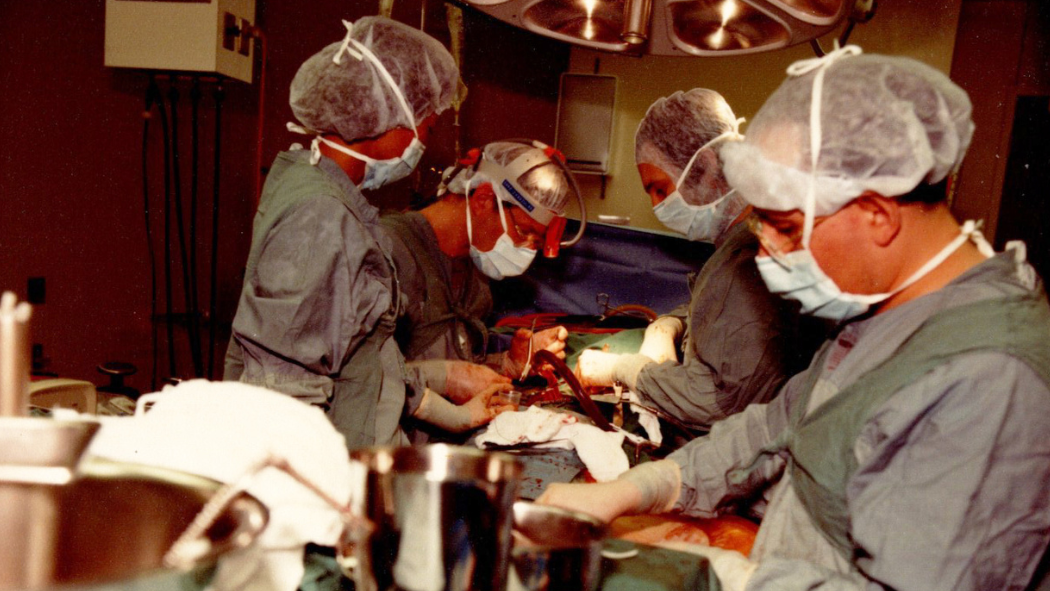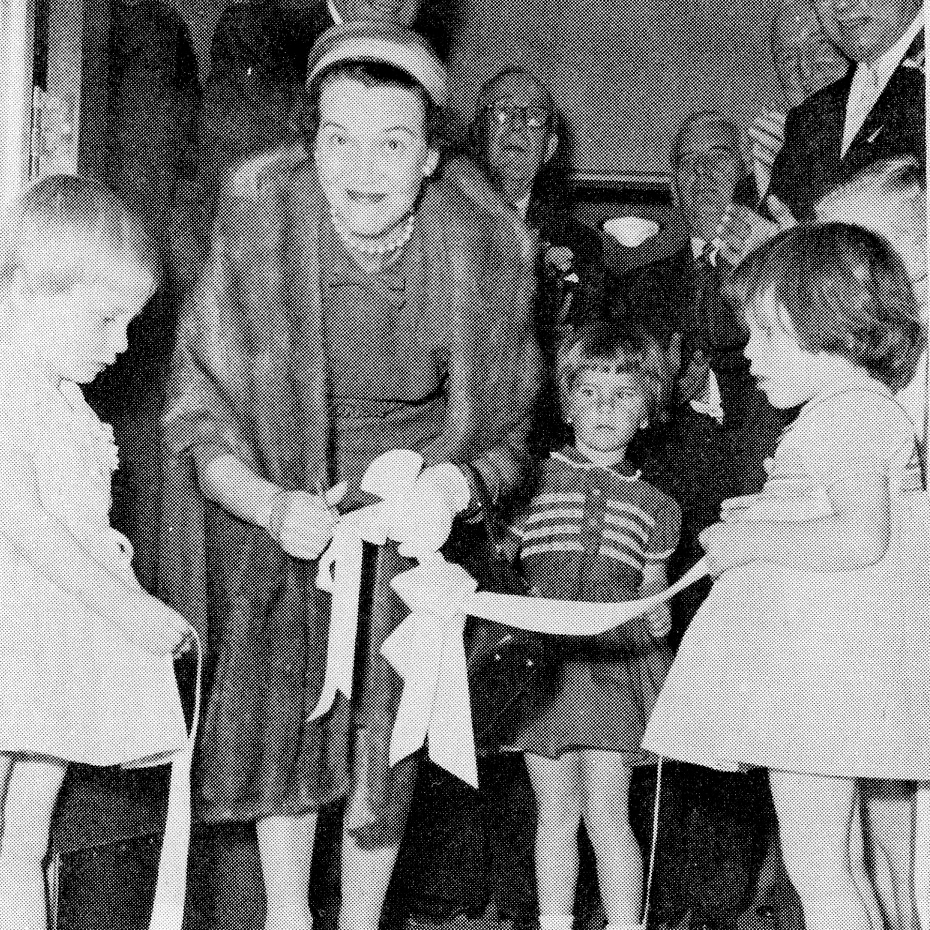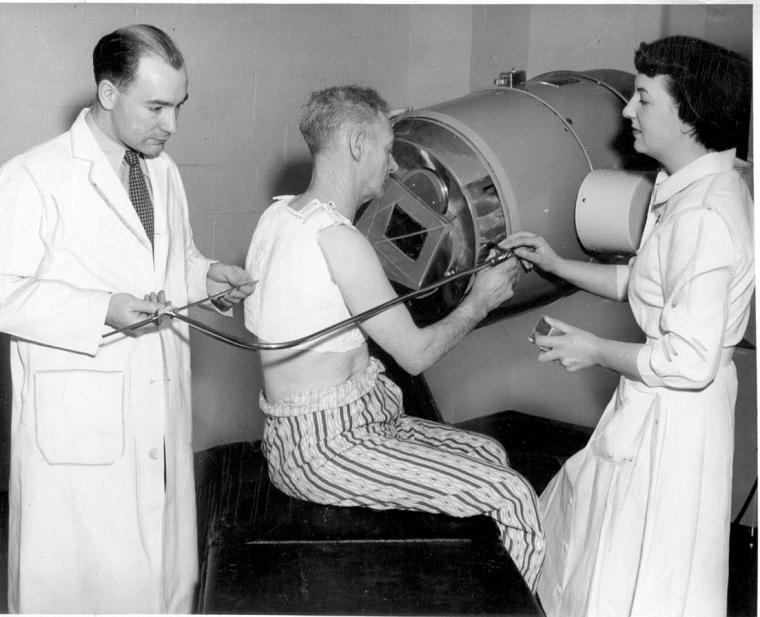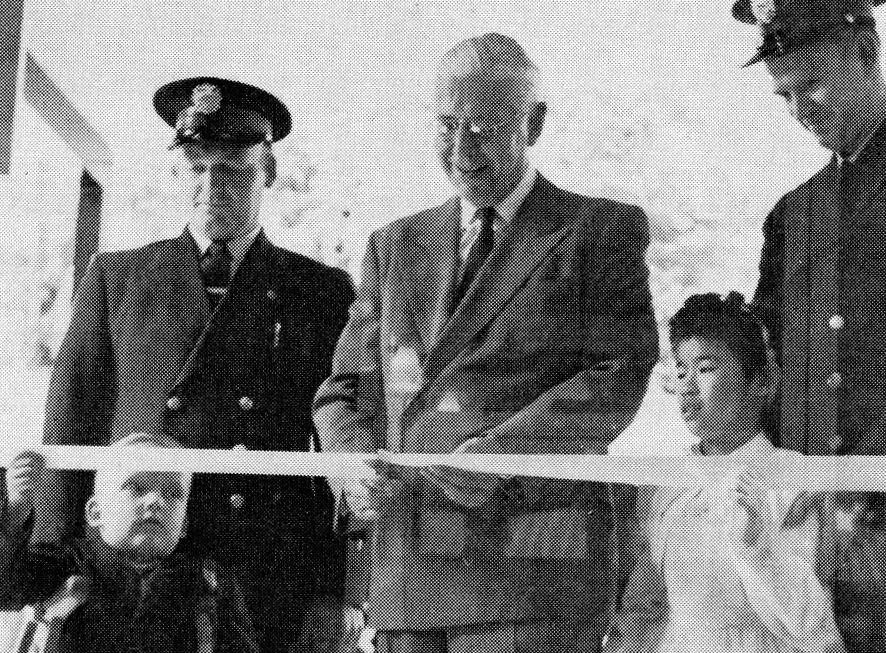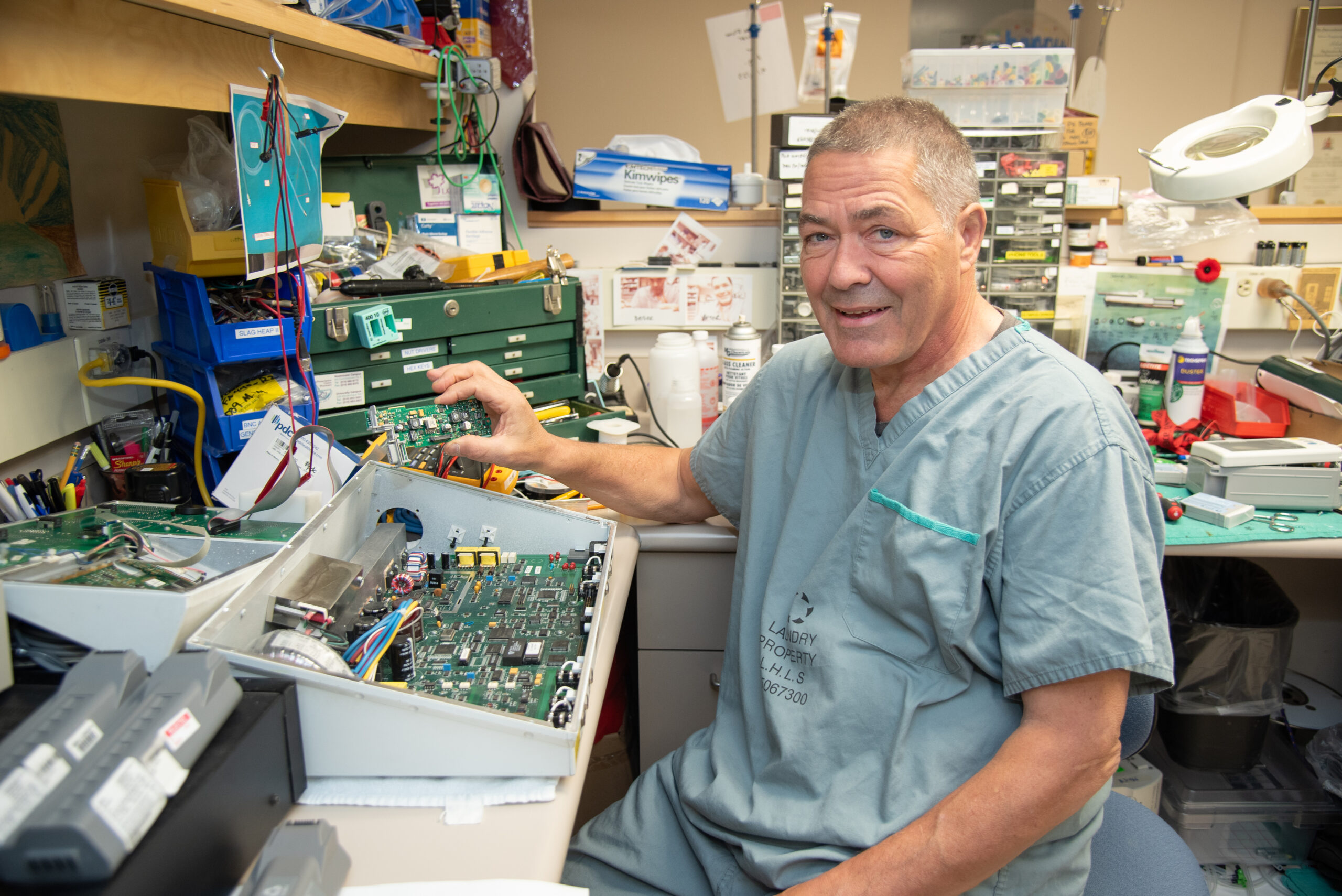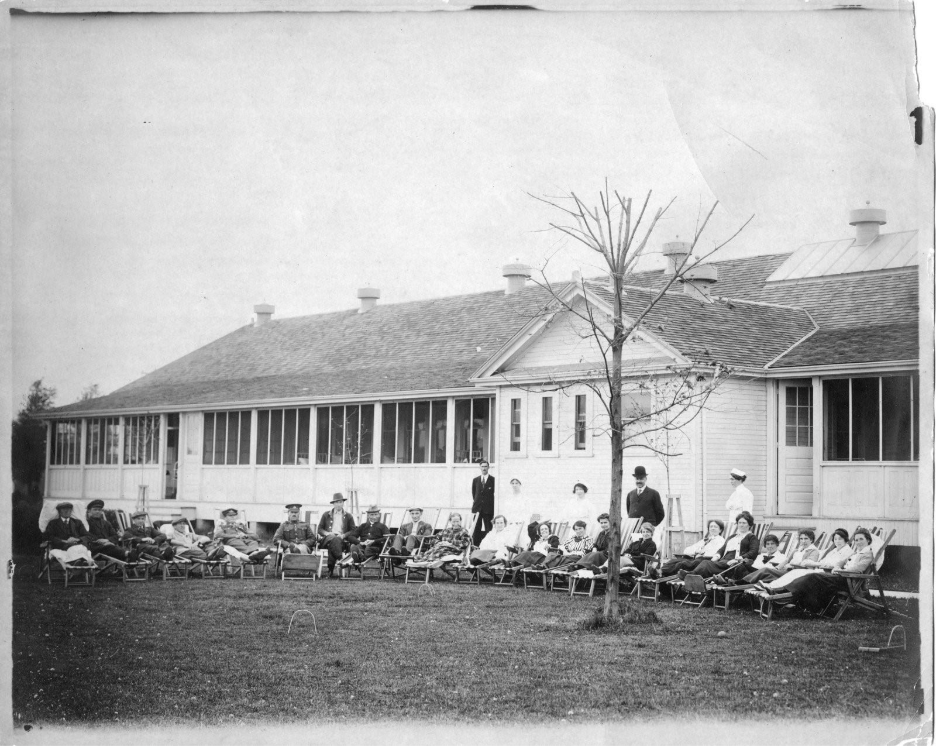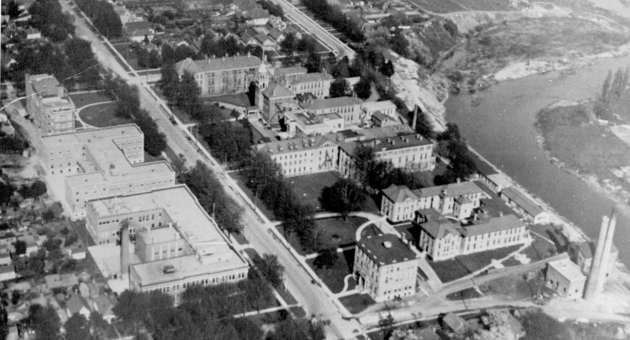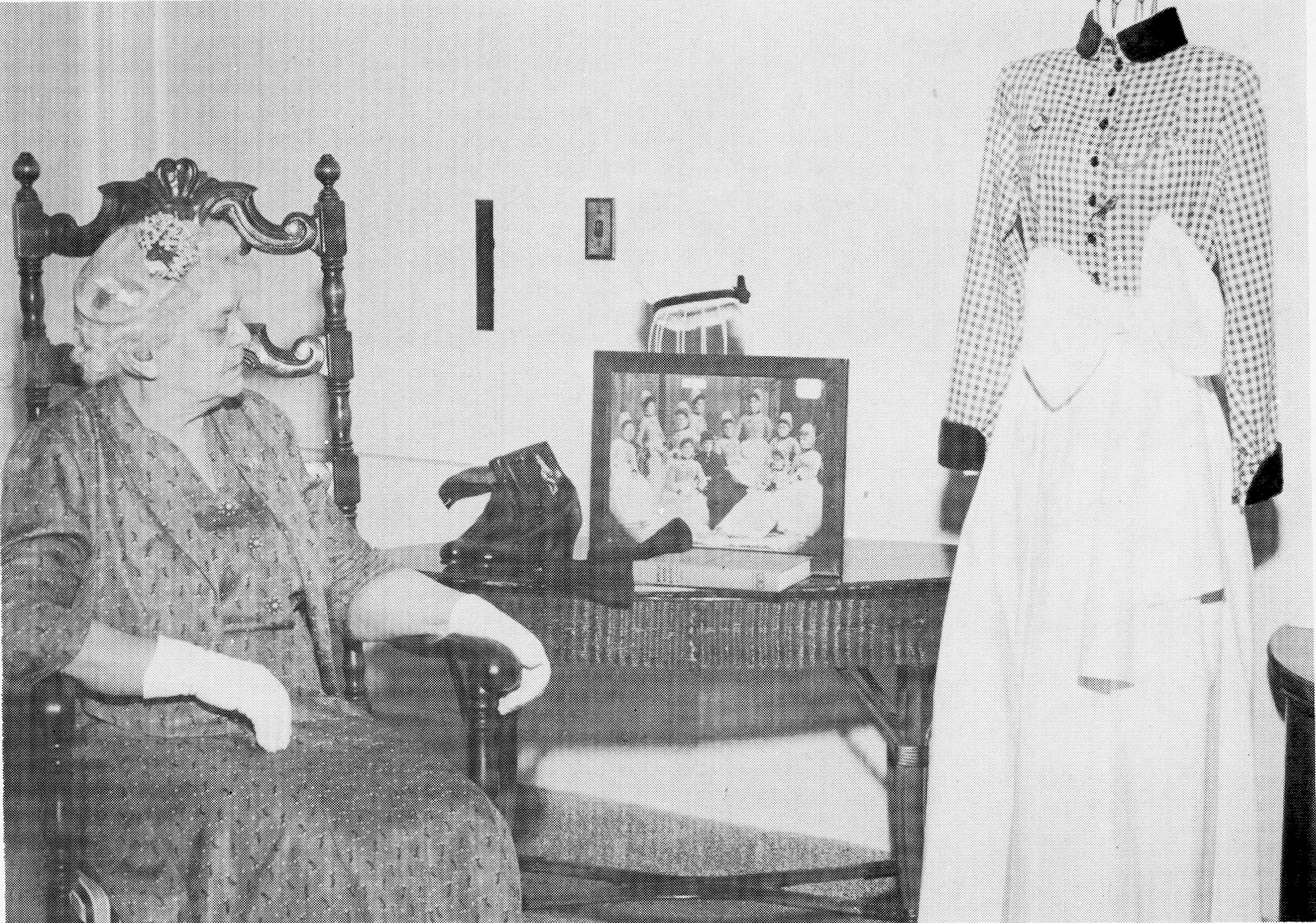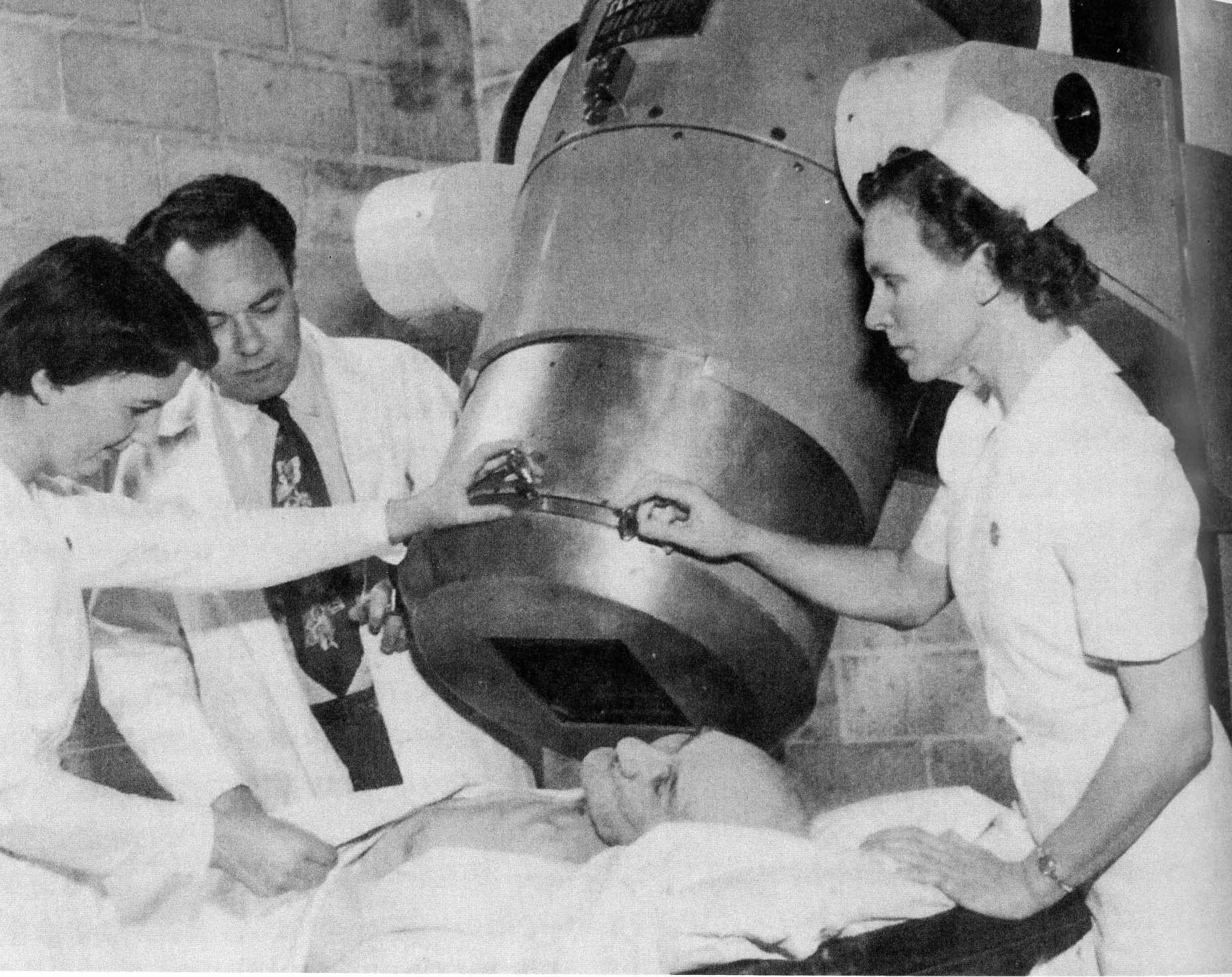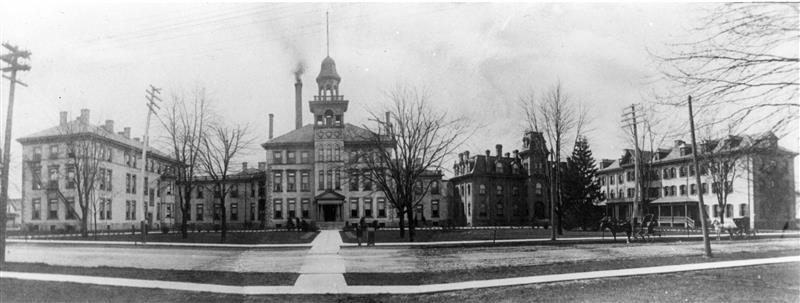From impossible to lifesaving reality: Celebrating LHSC’s achievements in organ transplantation research
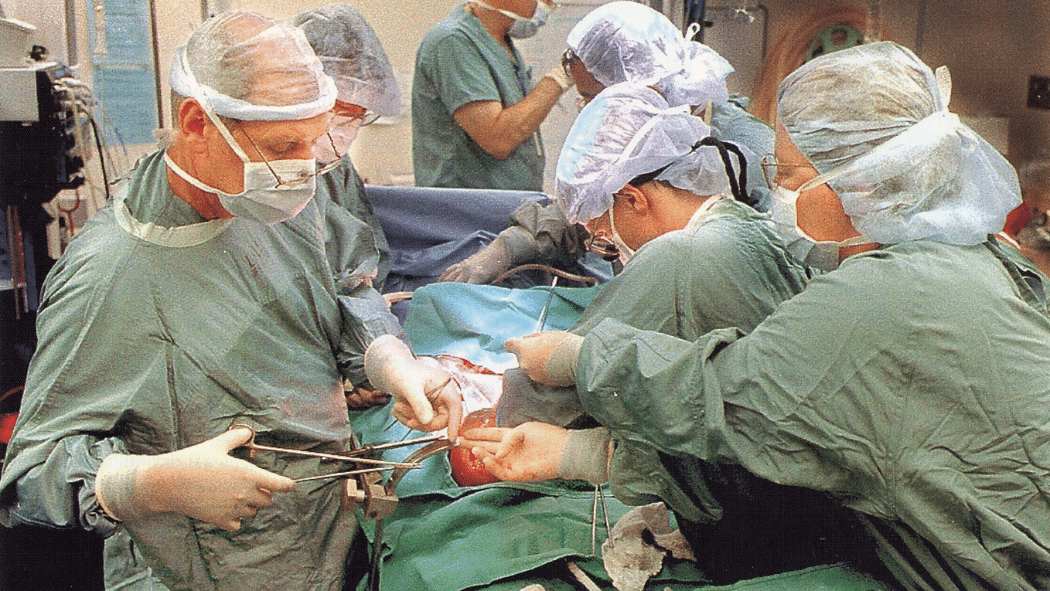
Dr. Bill Wall (left) works to implant a liver in a patient in the 1990s. Later Dr. David Grant took over to implant the small bowel. Photo credit: London Free Press, a division of Postmedia Network Inc.
Just a few decades ago, the idea of replacing a failing human organ with one from another person was considered medically impossible. Today, organ transplantation is not only a standard medical procedure but one that continues to evolve, driven by decades of groundbreaking research and innovation. Since the opening of LHSC’s Multi-Organ Transplant Program in 1972, our team has made remarkable advances from performing the world’s first successful liver-bowel transplant in the 1980s to developing cutting-edge techniques that can transform previously unusable organs into viable ones for transplant.
LHSC’s Multi-Organ Transplant Program has grown to become one of Canada’s most advanced transplant programs:
- As of December 31, 2024, LHSC’s Multi-Organ Transplant Program has performed more than 7,000 transplants, including kidney, liver, heart, pancreas, and combined organ transplants.
- The region’s organ donation rate is among the highest in Canada.
- In 2005, the city hosted the World Transplant Games, reflecting its global leadership.
As LHSC marks its 150th anniversary, the hospital’s history of medical innovation continues to shine. Research has long been central to its mission, especially in transplantation, where the hospital and its research institute has achieved a number of national and global firsts that have helped shape medical practice in Canada and around the world.
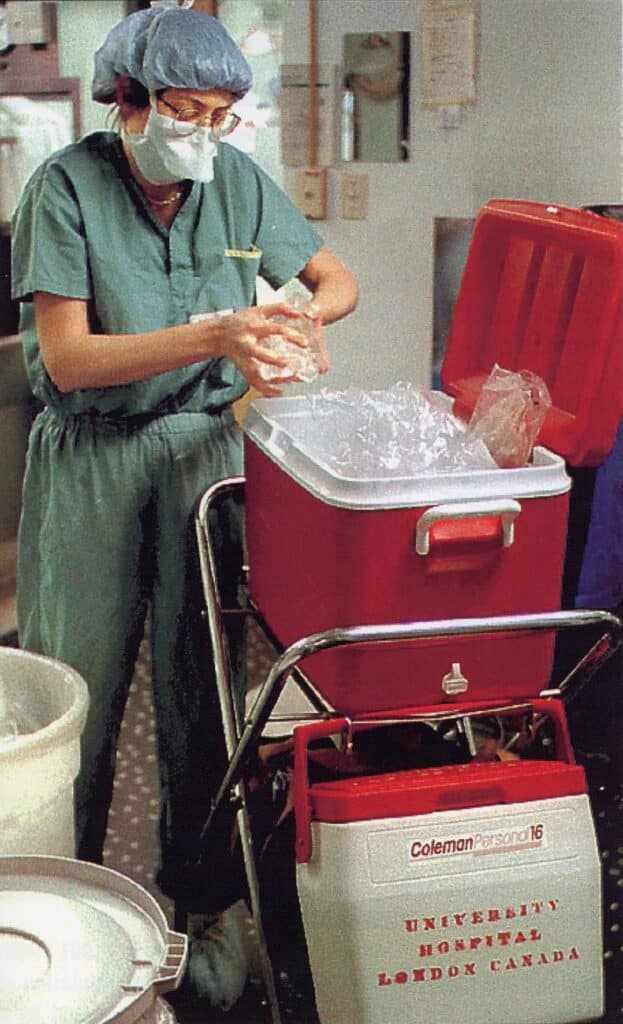
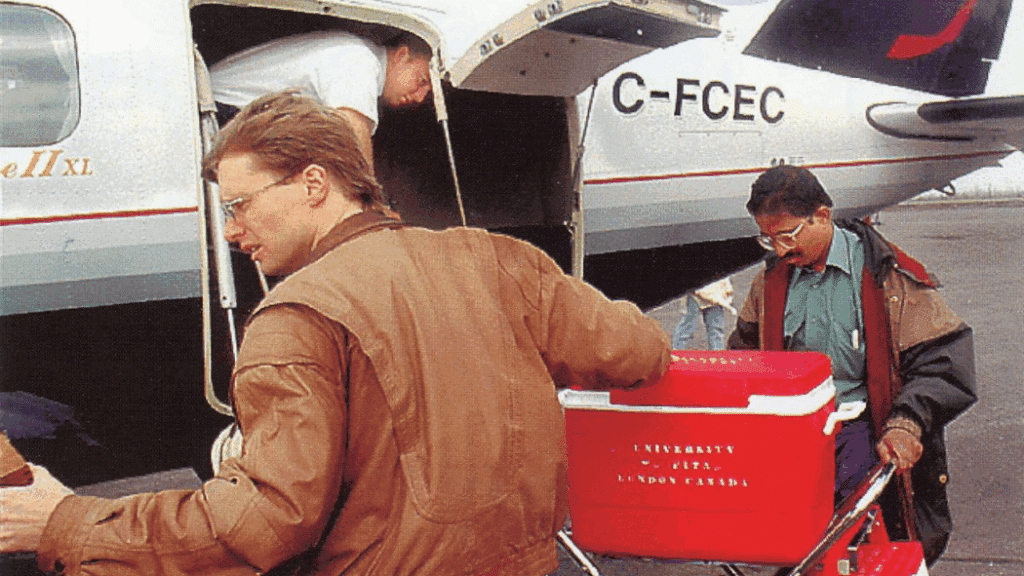
Honouring pioneers of organ transplant research at LHSC
Organ transplantation has saved countless lives and behind every breakthrough are the visionaries who made it possible. From pioneering researchers, nurses and staff to generous donors, the history of transplantation at LHSC is one of innovation, collaboration, and deep human impact.
Dr. Robert Zhong
The late Dr. Zhong was a world-renowned expert in experimental transplant surgery. Over two decades, he trained more than 70 surgeons and published over 180 influential papers in transplant immunology. His lab attracted surgeons from around the world, leaving a lasting legacy in patient care.
His legacy is remembered by the creation of the Robert Zhong Chair in Translational Transplant Research, with the inaugural awardee in 2023 being Dr. Lakshman Gunaratnam, the current co-director of LHSC’s Multi-Organ Transplant Program (MOTP).
Dr. Andrew Lazarovits
The late Dr. Lazarovits was a transplant nephrologist and researcher whose discoveries shaped modern immunobiology. His work on CD45RB helped prevent organ rejection by uniquely adjusting the immune system, earning him national recognition. He also co-developed vedolizumab, now used worldwide to treat inflammatory bowel disease. To honour his legacy, Western University established the Andrew Lazarovits Chair in Immunobiology and Transplantation, supporting top-tier research and mentorship. The inaugural chairholder, Dr. Alp Sener, was appointed in 2024.
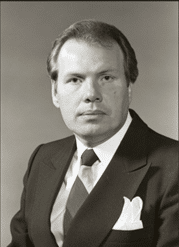
Dr. Calvin Stiller
In the early 1970s, Dr. Calvin Stiller recognized that organ transplantation needed to be established as a dedicated medical discipline. He envisioned a multidisciplinary program that would unite medicine and surgery across all organ types. That vision came to life in 1987 with the creation of the Cal Stiller and Walter J. Blackburn MOTP at LHSC – one of the first programs in the world to bring all transplant specialties under one roof. The program has since performed transplants of the heart, lungs, liver, kidneys, pancreas, and small bowel.
In the early 1980s, Dr. Stiller also led one of the first North American clinical trials of cyclosporine, helping to prove its safety and effectiveness in kidney transplant patients. His work was instrumental in securing regulatory approval for the drug, dramatically improving transplant success rates worldwide. Before cyclosporine, one-year graft survival rates for kidney transplants were around 50 per cent. With cyclosporine, those rates jumped to 80–90 per cent. Dr. Stiller’s work helped shift organ transplantation from a high-risk procedure into a standard treatment for organ failure.
Dr. Anthony Jevnikar
In addition to research to improve transplant organ preservation, Dr. Jevnikar has been passionate about translational transplant research at LHSC. He was the driving force that created the $5.5 million Matthew Mailing Centre for Translational Transplant Studies as well as the two noted endowed Research Chairs within the MOTP.
The beginning of bench-to-bedside transplant research
In 2010, the Matthew Mailing Centre for Translational Transplantation Research was named in honour of Matthew Mailing, a young man whose legacy continues to shape the future of transplant medicine in Canada. Matthew was 34 years old when he developed severe heart failure and tragically passed away from complications related to heart transplant surgery in 2003. Before his death, he made a profound gesture by donating much of his savings to transplant research – a gift that inspired his family, friends, and countless donors to rally around the cause.
That initial act of generosity laid the foundation for a world-class research facility at LHSC. Led by Dr. Anthony Jevnikar, the $5.5 million Centre was built with the support of the Mailing family and community donors, including hockey legend Eric Lindros, the Department of Medicine, and several pharmaceutical partners. Housed in the Lindros Legacy Research Pavilion at University Hospital, the nearly 9,000-square-foot Centre is focused on translating laboratory breakthroughs into real-world improvements in transplant care. Research areas include immunotherapy, nanotechnology-based organ preservation, and stem cell-driven organ repair, offering hope for transplant success without lifelong anti-rejection drugs.
As Canada’s first privately funded research facility devoted exclusively to transplantation, the Mailing Centre has trained hundreds of students, scientists, and physicians.
Shaping tomorrow: leading the next era of organ transplant research
Despite these strides, the need remains urgent. According to the Canadian Institute for Health Information, 3,427 people were on the transplant waitlist in 2023. Of those, 681 were removed. Tragically, 211 died while waiting. Currently, only 25 per cent of Canadians are registered as organ donors.
This raises a critical question: how can more organs become available so that more lives can be saved? At LHSC, research could offer the answer.
Today, London Health Sciences Centre Research Institute (LHSCRI) scientists are advancing cutting-edge research that could not only increase success in organ transplantation but also preserve organs that may not have been useable – meaning more organs could become available.
“Our scientists and clinician-scientists are focused on translational research — taking discoveries from bench to bedside to bench again – to develop and test new treatments, including novel immune therapies, molecular ‘fingerprinting’ to predict how well patients respond to anti-rejection drugs, and ultimately, the potential for patients to accept transplanted organs without the need for long-term medication. We’re also exploring cutting-edge technologies to improve organ preservation and even changing cellular programs within organs that will allow us to repair any damage and regenerate organs prior to transplant,” says Dr. Jevnikar.
For example, Dr. Alp Sener and his team at LHSCRI are also researching novel preservation solutions and temperatures with the hope that every donated organ is preserved successfully and is useable. They have recently translated their basic sciences research into clinical practice with a first-in-human transplant trial evaluating their hydrogen sulfide-based organ preservation solutions in patients.
In April 2024, LHSC also became the first hospital in Canada to perform a groundbreaking procedure known as abdominal normothermic regional perfusion (A-NRP) – a development that could significantly expand the donor pool.
Typically, organs donated circulatory death (when the heart stops beating) are more susceptible to damage due to a lack of oxygen and blood flow. This has historically limited their use for transplantation. A-NRP addresses this challenge by restoring blood flow to abdominal organs after death using a specialized perfusion system, helping preserve the organs until they can be transplanted.
“This is a game-changer,” says Dr. Anton Skaro, Scientist at LHSCRI and Surgical Director of Liver Transplantation at LHSC. “With this new technique, we hope to restore organs that would otherwise be unfit for transplant due to a lack of oxygen and blood flow – making them healthy and usable. A-NRP could increase the number of available organs and help save more lives on the waiting list. This is the greatest innovation in transplantation since its inception.”
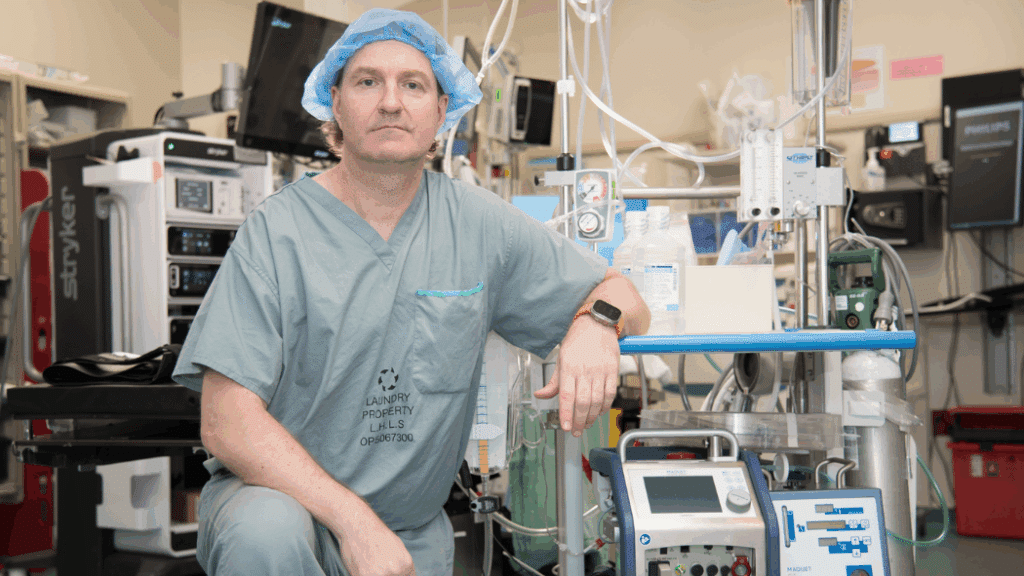
The first use of A-NRP at LHSC was a success: two kidneys and two livers were safely transplanted into four patients. This technique has the potential to increase the number of viable donor organs and ensure that more lives can be saved, all while fulfilling the wishes of donors and their families.
“Decades of research have made it possible for organ donors to give the greatest gift to someone waiting for a life-saving organ,” says Dr. Christopher McIntyre, Interim Vice President of Research and LHSCRI Scientific Director. “Donor stories we hear inspire our work and help us to continue our 150-year legacy of research.”
The legacy of organ transplant innovation and research continues
With more than 50 years at the forefront of transplant research, LHSCRI’s legacy continues with bold thinking and a relentless pursuit of what’s possible. From national breakthroughs to world-first discoveries, organ transplant research at LHSCRI has consistently led – not just in Canada, but on the global stage – by exploring cutting-edge technology and novel methods to save lives. That pioneering spirit lives on and so does the work that will shape the next generation of transplant care.
